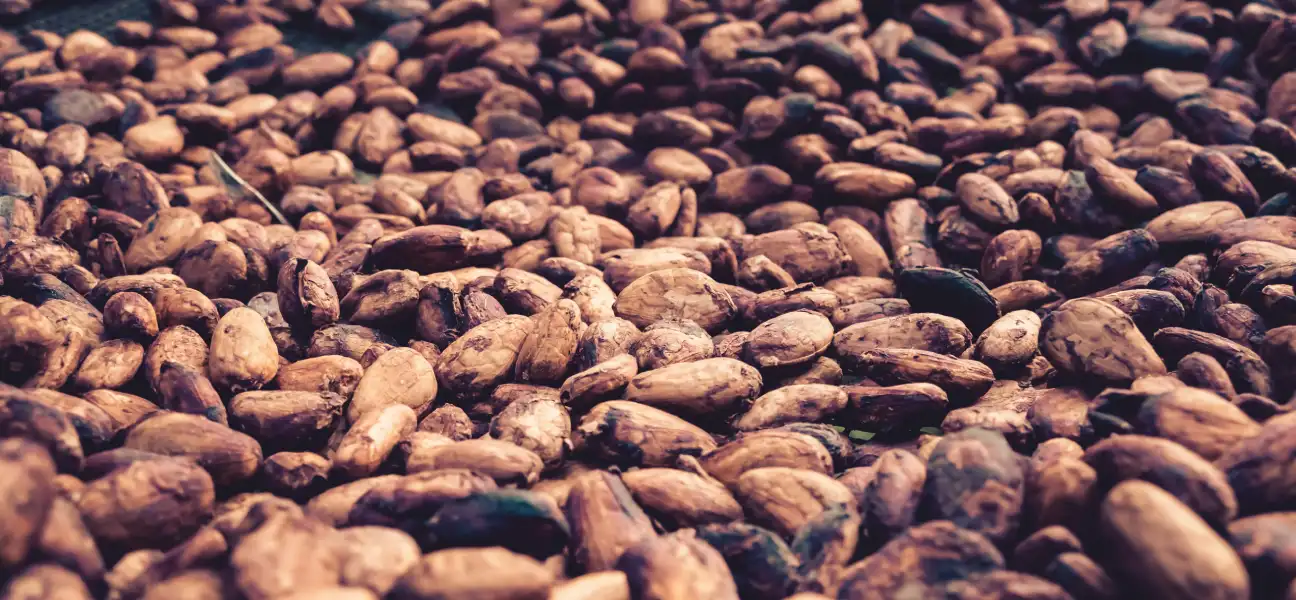
The cacao industry is an important part of the global food market. However, cadmium in cacao is a serious issue which has changed the industry during the last years. This issue worries many food business owners and supply chain managers who want to keep high-quality standards. This is especially important if you do business in the European Union. Regulation (EU) 2023/915 has set limits on the amount of cadmium allowed in cacao and chocolate products.
Cadmium is a heavy metal that occurs naturally in the soil. It is often found in places with volcanic activity or rich metal deposits. Cacao trees take in cadmium from the soil through their roots, which builds up in the beans over time. Although cadmium is naturally there, its levels can change a lot depending on things like soil makeup, pH, the amount of organic matter, and rainfall patterns. ong-term exposure to cadmium can cause serious problems, such as kidney damage and weak bones. Therefore, knowing the levels of cadmium in cacao is important for health and safety.
In some areas, especially in Latin America, there are high levels of cadmium in the soil that can lead to risks. As the demand for cacao increases, it is important to keep an eye on cadmium exposure from food, particularly in items made from concentrated cacao like cacao powder and dark chocolate.
Yes, there is cadmium in cacao powder. However, this is a natural occurrence and therefore not something to be scared of right away. Also, the amount of cadmium in cacao powder can change a lot based on where the cacao beans come from, hence it is important to know the origin of the cacao you are buying to determine the risk.
The European Union has set limits on how much cadmium is allowed in cacao products, especially those meant for children. As per Regulation (EU) 2023/915, the cadmium levels in cacao powder may not exceed 0.60 mg/kg. To be more exact, this is applicable to: "Cocoa powder placed on the market for the final consumer or as an ingredient in sweetened cocoa powder or powdered chocolate placed on the market for the final consumer (drinking chocolate)". Thus this regulation does not specifically apply to any purchases made between businesses. Typically, it applies to the company that sells the product to the final consumer. They have to make sure that the product follows the rules and regulations.
However, testing by various organisations still shows that some cacao products might still have more cadmium than recommended. This shows that it is important to carry out frequent testing, especially when the cacao is purchased from higher-risk areas such as Latin America.
Different cacao products have different amounts of cadmium. Cacao powder has the highest levels because it has more solid content. Cacao nibs and liquor have moderate levels. A safe level for peeled cocoa beans is up to 0.6 or 0.8 mg per kilogram. However, some buyers will not accept beans that have more than 0.3 mg per kilogram.
Cacao butter has very little cadmium since the metal does not mix with fat. Because of this, cacao butter is seen as safe and has few regulatory issues. In contrast, cacao powder and dark chocolate, which have more solids, need more careful examination.
The place where cacao beans grow is very important for the amount of cadmium they contain. High-risk areas include parts of Peru, Ecuador, and Colombia, where volcanic soil has more cadmium. Lower-risk areas are Ghana, Ivory Coast, and the Dominican Republic, which usually have beans that meet EU standards more often.
Even within the same country, cadmium levels can change from farm to farm based on the soil. Buyers should ask for lab test results and analysis certificates when they work with suppliers.
Managing cadmium risk when sourcing cacao can be done with simple steps:
Cacao buyers must manage cadmium risk. It's now a key part of quality assurance and meeting regulations. By choosing transparent, reliable suppliers and sourcing from areas with low cadmium levels, businesses can ensure their cacao products are safe, legal, and competitive.
Nutrada provides access to approved cacao suppliers who follow safety rules. Check our cacao suppliers database to find partners that match your sourcing needs.
Can you eat pure cacao?
Yes, pure cacao is safe to eat in small amounts. However, it can have higher levels of cadmium based on where it comes from. Picking cacao that has been tested for low cadmium levels is a good way to stay safe.
Why is cadmium in cacao?
Cadmium is found naturally in some soils. Cacao trees take it up through their roots. Areas with volcanic or metal-rich soil are more likely to have cacao that contains higher levels of cadmium.
Is Cacao Still Safe to Eat?
Yes, cacao and chocolate products are safe to eat in moderation if they are sourced responsibly. Cadmium can build up in the body over time, but chocolate usually contains less of it compared to other foods like cereals or leafy greens.